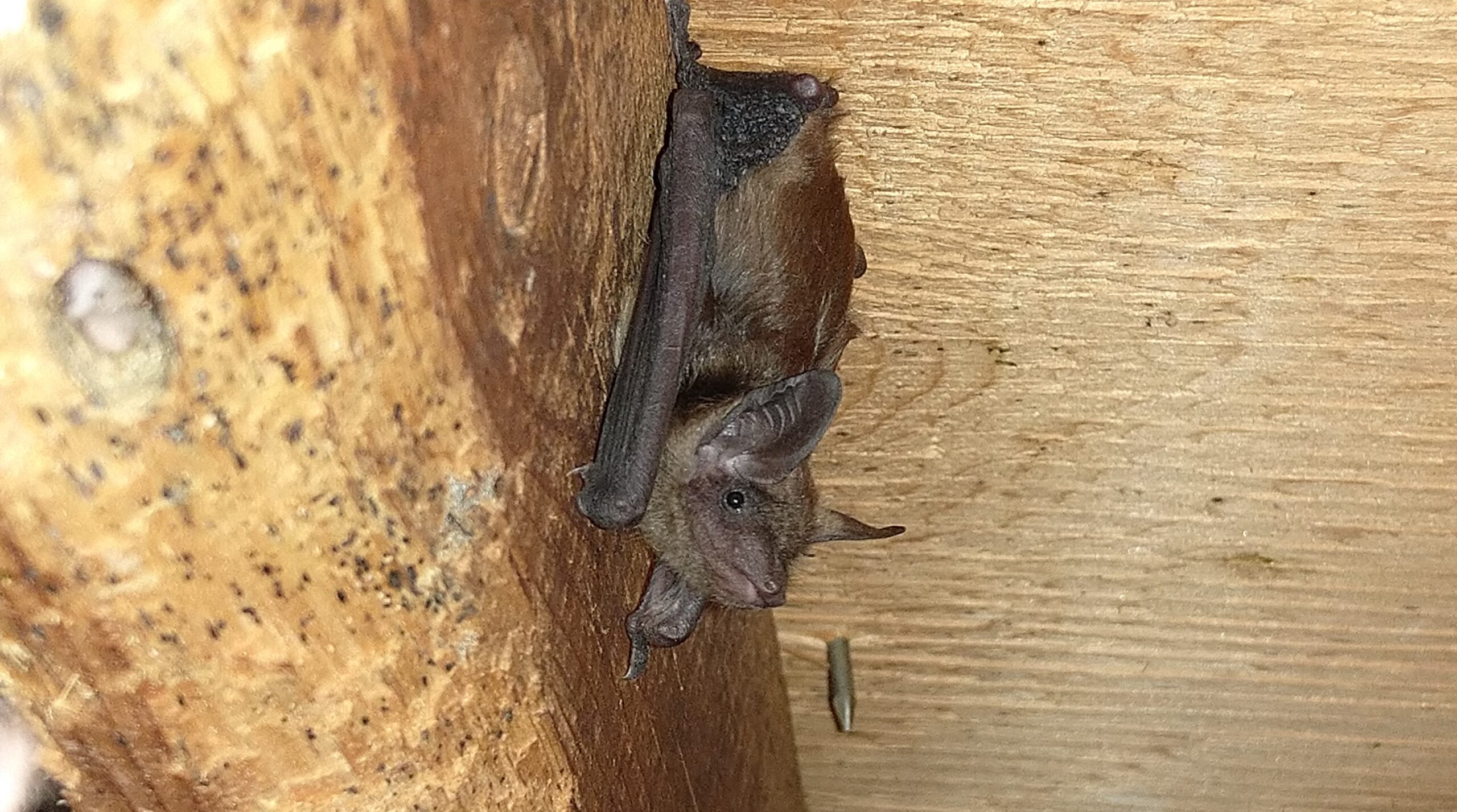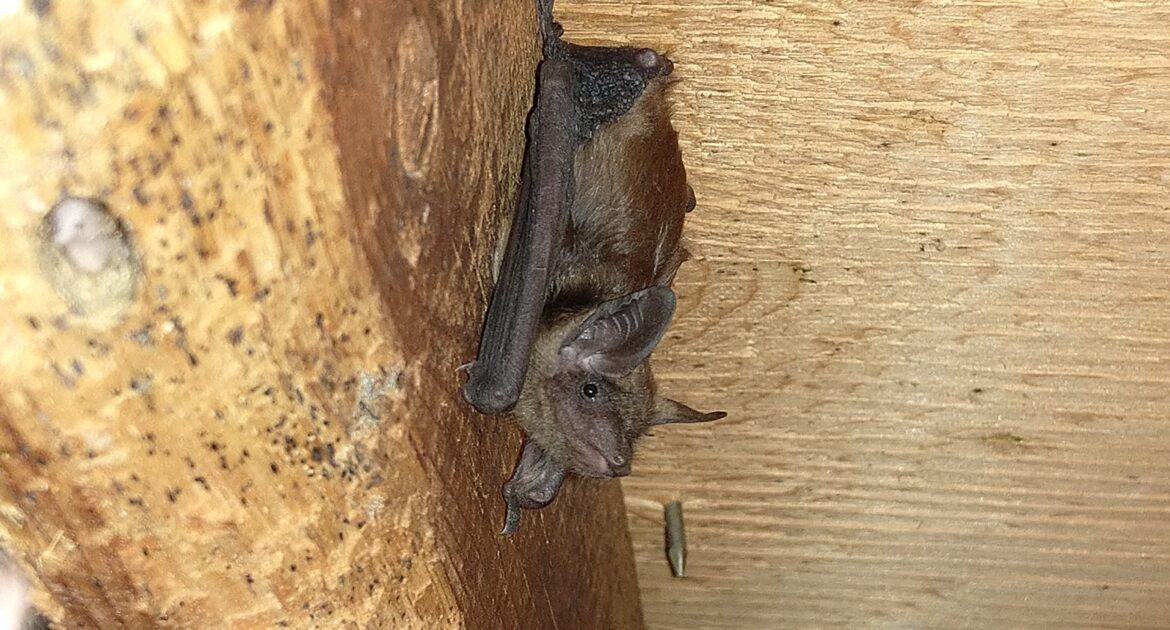Before you list your Toronto home for sale, it’s crucial to inspect your attic. One common issue homeowners face is bats in the attic. These creatures can cause significant damage and create an unsanitary environment, which can deter potential buyers.
Understanding how bats get in a house is the first step to addressing this problem. Bats often find entry through gaps and openings in the roof, vents, or eaves. What attracts bats to attics is typically the warmth and safety these spaces provide. Ignoring this issue can lead to bigger problems, including structural damage and health risks from bat droppings.
It’s essential to ensure your attic is free from any wildlife before putting your home on the market, as this can significantly impact the attractiveness and value of your property. Taking the time to address such concerns will not only help in selling your home faster but also reassure potential buyers that your home is well-maintained and safe. This blog post aims to enlighten you on the importance of this step and offer some valuable insights from wildlife professionals at Skedaddle.
Why Your Attic Matters When Selling Your Home
Your attic serves as more than just extra storage space. It plays a significant role in the overall structural integrity and energy efficiency of your home. An unchecked attic can harbour pests, mould, and even structural damage. These issues can significantly impact the sale of your home, leading to delays and decreased property value. Specifically, bats in the attic can pose unique challenges that require immediate attention.
When potential buyers inspect a home, they often pay close attention to the attic’s condition. A clean, well-maintained attic can be a strong selling point, reflecting your home’s overall care and upkeep. Conversely, an attic with signs of bat activity can raise red flags for potential buyers, possibly deterring them from making an offer or demanding a significant price reduction.
Understanding the Signs of Bats in the Attic
Recognizing the signs of bat activity is crucial. Bats are nocturnal creatures, making it difficult to spot them during the day. However, certain indicators can help you identify their presence. One of the most obvious signs is the sight of droppings, known as guano, which often accumulates near entry points. Guano is small, dark, and has a slightly red tinge. It tends to crumble easily and has a strong, pungent odour.
Another sign to look out for is the noise. Bats are generally quiet, but you might hear scratching or squeaking noises coming from the attic, especially during dusk or dawn when they are most active. Additionally, if you notice stains around your attic vents or chimney, it could indicate bat entry points. These stains are usually dark and greasy, caused by the natural oils in the bat’s fur.
Lastly, an unexplained musty odour in your home, particularly near the attic, can be a sign of bat infestation. This smell usually results from the accumulation of guano and urine and can be quite intense, especially in enclosed spaces.
Health Risks Associated with Bats
Having bats in your attic isn’t just a nuisance; it can also pose significant health risks to you and your family. One of the primary concerns is the transmission of diseases. Bats are known carriers of rabies, a potentially fatal disease if left untreated. While not all bats carry rabies, it’s essential to avoid contact with them to reduce the risk of transmission.
Another health risk associated with bats is histoplasmosis. This respiratory disease is caused by inhaling spores from a fungus that grows in bat guano. Symptoms can range from mild flu-like symptoms to severe respiratory issues, and it can be particularly dangerous for individuals with weakened immune systems.
Furthermore, bat droppings can attract other pests, such as cockroaches and beetles, creating additional health hazards. These pests can spread bacteria and contaminate food sources, leading to further complications.
Preventing Bat Infestations
Prevention is always better than cure, and this adage holds particularly true when it comes to bat infestations. The first step in prevention is to understand what attracts bats to your home. Bats are primarily drawn to dark, quiet, and warm spaces, making attics an ideal location. They also seek out entry points that provide easy access, such as vents, chimneys, and gaps in the roofing.Start by inspecting your home for any gaps or openings, paying close attention to the roofline, vents, and chimney.
Regular maintenance and inspections are crucial in preventing bat infestations. Schedule periodic checks of your attic and roof to ensure that no new entry points have developed and that your preventive measures remain intact.
The Financial Impact of Bat Infestations on Home Sales
A bat infestation can have a significant financial impact on the sale of your home. Potential buyers are likely to be deterred by the presence of bats, leading to a reduced number of offers and a lower selling price. In some cases, buyers may request that the infestation be resolved before proceeding with the sale, resulting in additional costs and delays.
Addressing a bat infestation promptly can help mitigate these financial impacts. By removing bats from your attic and implementing preventive measures, you can restore your home’s value and appeal to potential buyers. It’s essential to choose a professional wildlife control service, such as Skedaddle, to ensure that the infestation is handled effectively and humanely.
Ignoring a bat infestation can lead to further complications, such as structural damage and increased health risks, which can further decrease your home’s value and marketability. Investing in professional wildlife control services can ultimately save you time, money, and stress in the long run.
Why Skedaddle is the Best Choice for Wildlife Control in Toronto
When it comes to humane and effective wildlife control, Skedaddle stands out as the best choice for homeowners in Toronto. With over three decades of experience in the industry, Skedaddle has developed a reputation for providing reliable and professional services.
At Skedaddle, we understand the importance of humane wildlife control. Our team of experts uses non-toxic, environmentally friendly methods to remove bats from your attic safely. We do not trap or relocate wildlife, ensuring that the animals are treated with respect and their natural behaviours are preserved.
Our comprehensive approach includes a thorough inspection of your property, identification of entry points, and the implementation of exclusion techniques to prevent future infestations. We also provide detailed advice on maintaining your home’s integrity and preventing wildlife access.
In addition to our expert services, Skedaddle offers unmatched customer satisfaction. Our team is dedicated to providing prompt, efficient, and courteous service, ensuring that your wildlife concerns are addressed with the utmost care and professionalism.
A Crucial Step in Selling Your Home
Checking your attic for bats before putting your Toronto home for sale is a crucial step in the sales process. Understanding the signs of bat activity, the associated health risks, and the financial impact of an infestation can help you make informed decisions and protect your investment.
Preventing bat infestations through regular maintenance, sealing entry points, and installing bat houses can help you maintain a bat-free attic and preserve your home’s value. When faced with a bat infestation, choosing a professional wildlife control service, such as Skedaddle, ensures that the issue is resolved effectively and humanely.
If you’re preparing to sell your home and want to ensure a smooth and successful sale, consider scheduling an inspection with Skedaddle. Our team of experts is here to help you address any wildlife concerns and maintain a safe, bat-free home. Contact us today to learn more about our services and how we can assist you in preparing your home for sale.




